











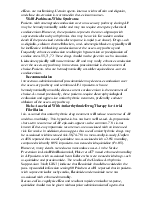

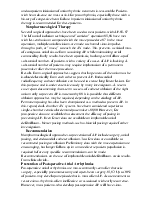
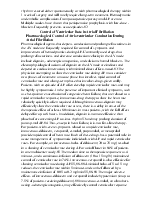
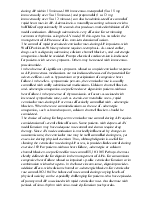
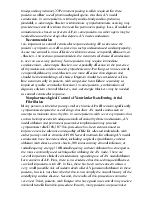
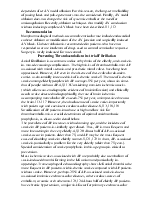
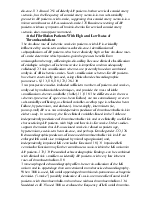
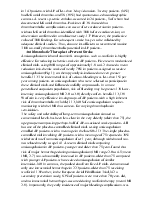
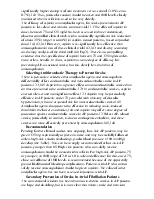
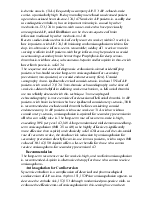
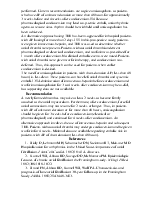
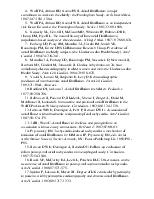
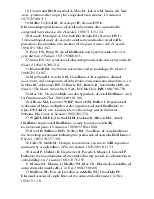
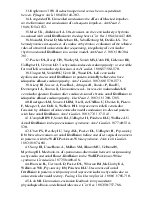
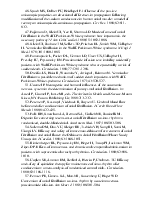
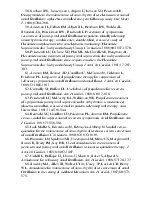
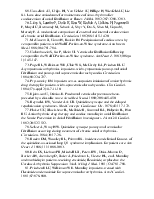
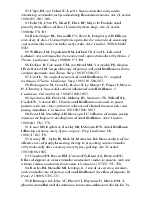
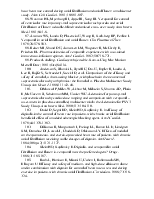
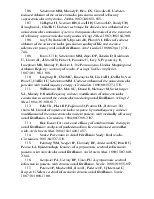
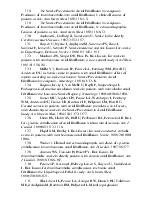
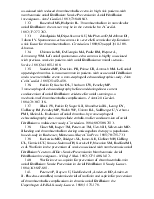
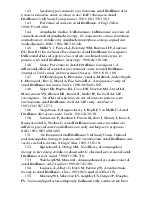


Management of Patients With Atrial Fibrillation
A Statement for Healthcare Professionals From the Subcommittee on Electrocardiography and Electrophysiology, American Heart Association
Eric N. Prystowsky, MD, Chair; D. Woodrow Benson, Jr, MD, PhD; Valentin Fuster, MD, PhD; Robert G. Hart, MD; G. Neal Kay, MD; Robert J. Myerburg, MD; Gerald V. Naccarelli, MD; D. George Wyse, MD, PhD
Footnotes
Atrial fibrillation (AF) is the most common sustained arrhythmia encountered in clinical practice. Its incidence increases with age and the presence of structural heart disease. It is a major cause of stroke, especially in the elderly. Although the causes are diverse, hypertension is common. Most patients experience palpitations, but fatigue, dyspnea, and dizziness are not uncommon. Patients with an uncontrolled ventricular response during AF may occasionally develop a tachycardia-induced cardiomyopathy. There are three therapeutic goals to consider for patients with AF: rate control, maintenance of sinus rhythm, and prevention of thromboembolism. The risks and benefits of each treatment must be considered for each patient.
Several drugs effectively restore and maintain sinus rhythm in patients with AF. To date few data are available to confirm superiority of any particular drug over another for this purpose. Agents such as digitalis, verapamil, diltiazem, and -adrenergic blockers may be useful during AF to decrease the ventricular response that occurs over the atrioventricular (AV) node, but they rarely terminate AF. Intravenous procainamide is the treatment of choice for patients with Wolff-Parkinson-White syndrome who have a preexcited ventricular response during AF, provided they are hemodynamically stable. Patients who are unstable (eg, those with hypotension or significant heart failure) may require immediate cardioversion. Drugs selected for long-term oral therapy should be given initially in low to moderate doses and titrated upward, depending on effectiveness and side effects. Drug interactions with warfarin and digoxin should be monitored. Proarrhythmia is the most important risk associated with antiarrhythmic drug therapy. Bradyarrhythmias, especially sinus bradycardia, and ventricular tachyarrhythmias, especially torsade de pointes, can occur. Proarrhythmia often occurs during initiation of antiarrhythmic drug treatment. In patients without heart disease who have a normal baseline QT interval, ventricular proarrhythmia is relatively rare, and outpatient initiation of treatment is reasonable. However, patients with structural heart disease, especially those with a history of congestive heart failure, are at highest risk for proarrhythmia. Inpatient initiation of antiarrhythmic drug therapy is recommended for these patients. Nonpharmacological approaches to prevention of AF include surgery, atrial pacing, and endocardial catheter ablation. Too few data are available to make any specific recommendations.
In patients without ventricular preexcitation, acute rate control is most effective with intravenous verapamil, diltiazem, or -blockers
Уважаемый посетитель!
Чтобы распечатать файл, скачайте его (в формате Word).
Ссылка на скачивание - внизу страницы.